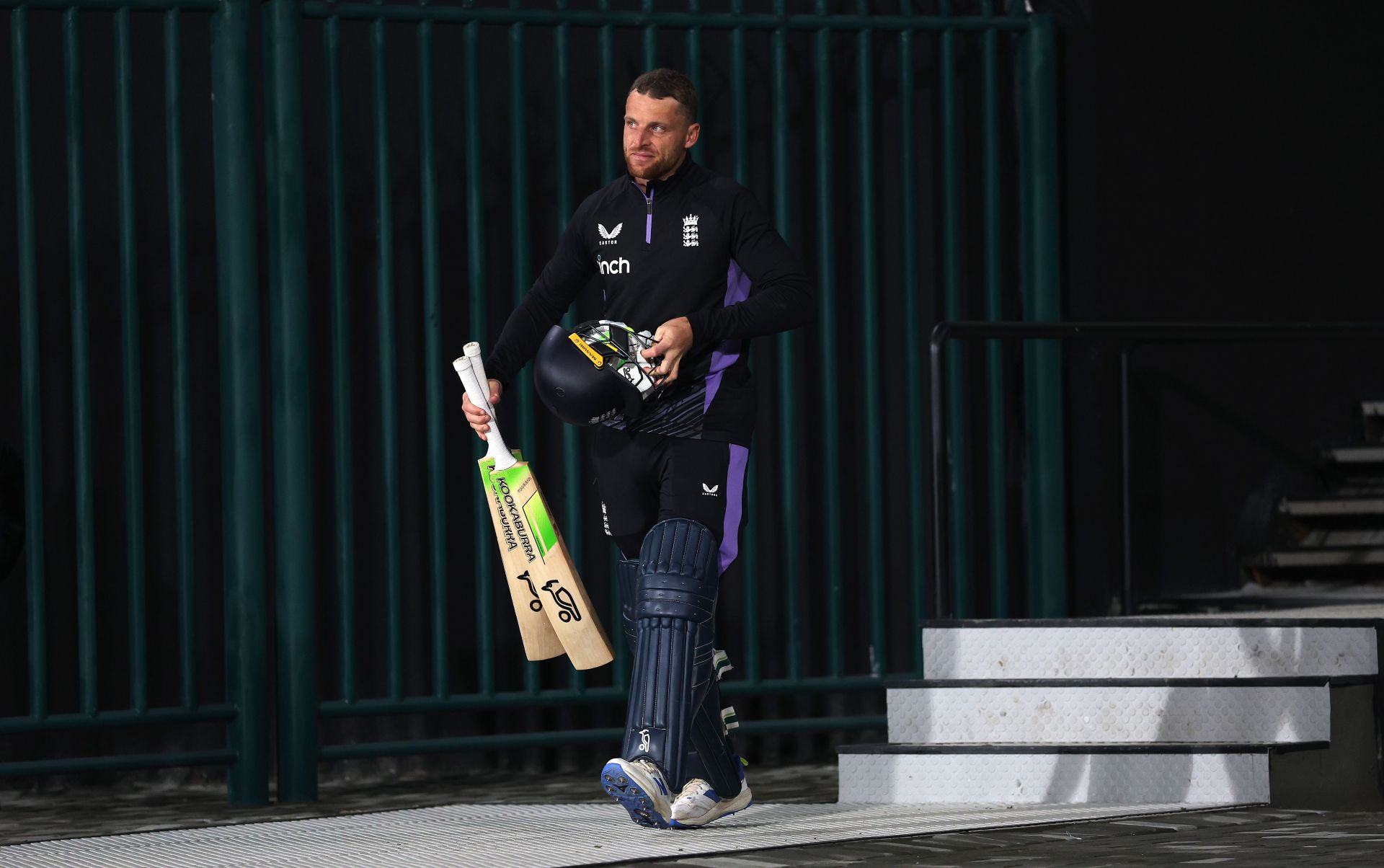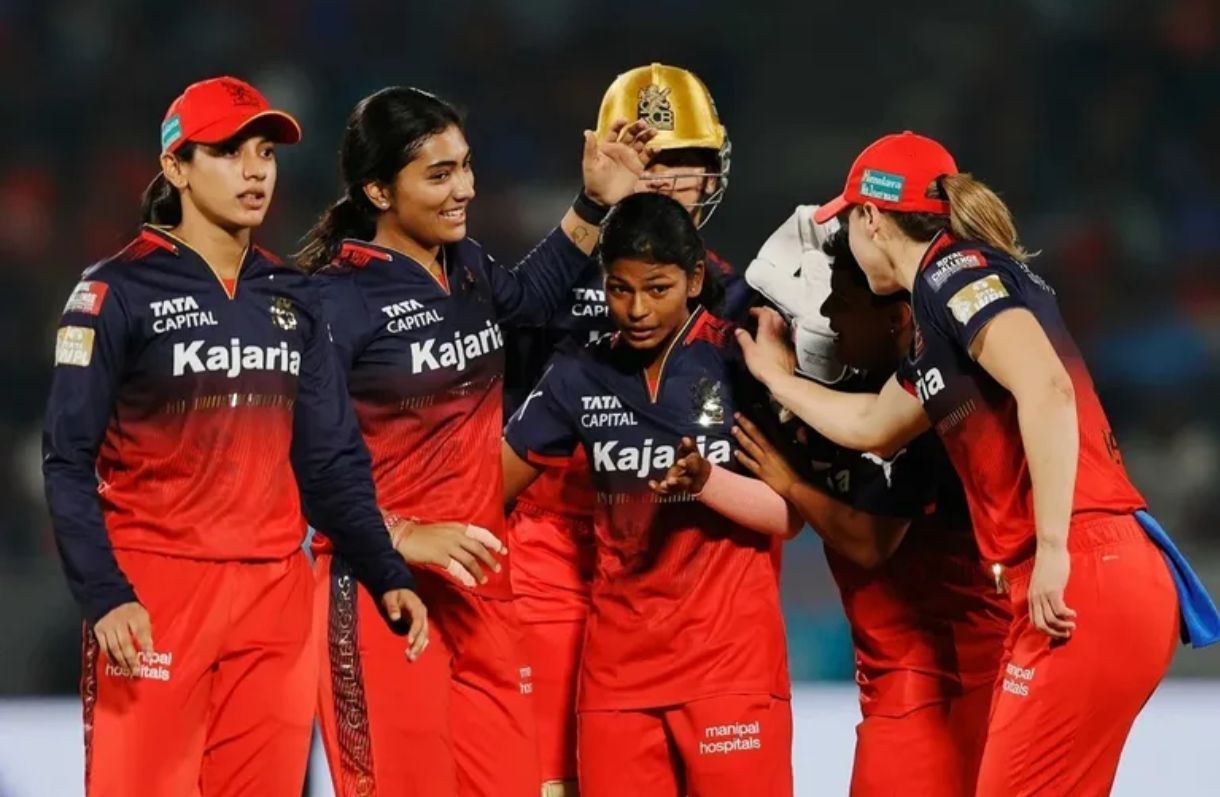In the game of cricket, the pitch plays a vital role to decide the fate of a match. Irrespective of venue, the batting and bowling skill is important to win a match but the pitch can’t be taken out of contention.
![]()
Pitch Dimensions
The rectangular-shaped strip is 22 yards or 20.12 meters in length and 3.05 meters in width. The 2.64-metre long bowling crease ends the pitch on both sides. A rectangle strip down the middle of the strip from 1.52 meters is bounded by imaginary lines parallel to the popping creases on either side which joins the centre of the two middle stumps is called ‘Protected Area’. The players are restricted to enter this 1ft wide area.
History
The earliest cricket’s codified rules, “Code of 1744”, specified the pitch’s length to 22 yards, setting 46 inches mentioning the distance between the popping crease and bowling.
However, these laws did not show any concern for the covering of the strip. After embarking a new set of laws in 1788, the Marylebone Cricket Club (MCC) used pitch-cover during a game by mutual consent in May. In 1865, whitewash was used to mark the crease for the first time.
After seven years, MCC experimented the use of tarpaulin to cover the Lord’s wicket, although it did not achieve success. The tarpaulins were started to use as a measure to cover the strip intermittently in England.
During a Surrey vs Middlesex match at The Oval in 1881, tarpaulins were used before the match and after the completion of each day’s play. But the revised code of 1884 surprisingly termed the use of covers during an on-going match as ‘illegal’.
MCC committee further decided not to cover a strip within 24 hours of a County match on June 20, 1907. In 1910, MCC allowed County clubs to cover the pitch on the first day of the match, but only after 7 o'clock in the morning.
This 18 by 12 foot covering at each end could be used at night during a match and also during the match when necessary. On the other hand, Australia made it compulsory to cover the pitch in the 1934-35 Shield Matches.
ICC Ratings
From Pune in early 2017 to recent the Johannesburg match between India and South Africa, ICC has received many complaints regarding substandard pitches over the years which prompted the governing body to enact a set of stern rules to curb out the foul-tampering of the track by the host countries.
If the match referee rates any pitch as below average, poor and unfit; the host venue will get one, two and five Demerit Points respectively. In case any venue accumulates five Demerit Points within a five-year rolling period, it will be suspended from hosting any match for twelve-months, while the time period increases to 24 months if the Demerit Points sore up to 10.
Current Scenario
Over the last decade, the surfaces have become more and batting friendly, almost cutting the sting out of the bowlers at many venues. While fast and bouncy pitches are the feature of South Africa, the sub-continent are prone to dusty and turning tracks, often wrecking the batsmen with square-turning on the pitch.
Once considered as the ‘furnace’ for the batsmen, the Australian pitches have transformed into flat wickets losing its sheer pace, menace bounce. Australia’s neighbor, New Zealand, also chooses to curtail its swing, seam and lateral movements off the pitch, curating the heaven for the batting side.
Once world’s most notorious place to bat, the pitches in Caribbean Islands surrendered their fabled pace and disconcerting bounce to slow and low tracks. However, English tracks still acquire a fair bit of seam and swing causing all kinds of trouble for the visiting teams.









